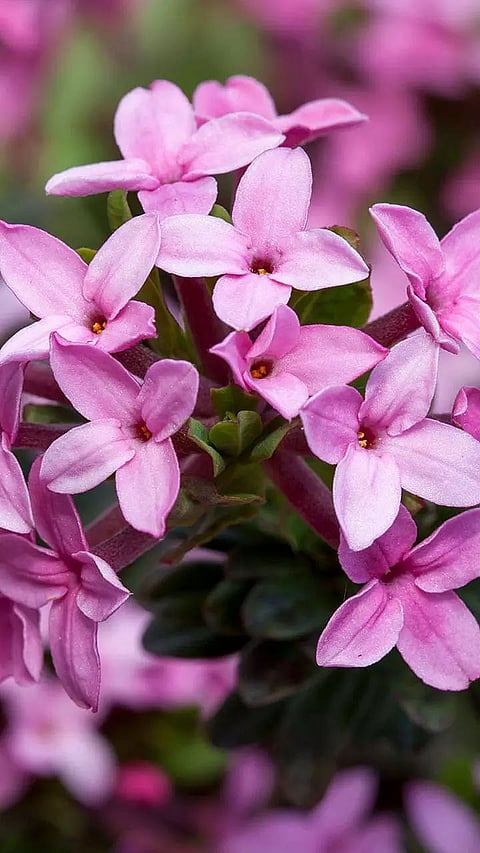Tuberose
A highly fragrant flower, commonly referred to as 'Rajanigandha' or 'Gulchhadi,' boasts a robust scent. This perennial bulbous plant thrives in containers placed by windows and balconies. After planting, it consistently yields delicate white blossoms for a span of 2-3 years.
Roses
Beyond their visual appeal and array of colors, roses are renowned for their distinctive and familiar fragrance. Certain rose varieties, especially those that are edible and locally cultivated, are specifically grown for the delightful perfume found in their petals.
Jasmine
The most aromatic flowers suitable for your home garden are jasmine blooms. There is a wide array of highly popular jasmine species, including Jai, Juhi, Bela, Mogara, Chameli, and more. Most of these are perennial climbers that can thrive when planted in large-sized pots.
Parijat (Nyctanthes)
This exquisite night-blooming shrub finds its mention in ancient Indian literature. The plant can be cultivated in pots, provided it undergoes regular pruning. This shrub boasts abundant nocturnal blooms, which transform into a carpet of flowers come morning after gracefully falling.
Raat ki Rani (Cestrum)
In India, a fragrant garden is truly incomplete without the enchanting presence of the night-blooming Cestrum. This perennial shrub can thrive in pots, gracing your garden with its blooms that appear in cycles throughout the year.
Sweet pea
These delicate climbing annuals are cultivated both for their vibrant flower hues and their captivating, distinct fragrance. Sweet peas can easily be grown from seeds through the process of sowing.
Champa
Among the most fragrant flowers are these selections. In India, you'll find numerous small-sized flowering trees that go by the name 'Champa,' whether or not they share botanical origins. Noteworthy genera include Magnolia, Michelia, Plumeria, and several others.
Kewda (Ketaki)
The magnificent Indian Kewda possesses the most enchanting, opulent, and potent fragrances, even when dried. Kewda plants naturally thrive in swampy regions, forming miniature forests. They can be cultivated in substantial containers or placed at the corners of farmland.

